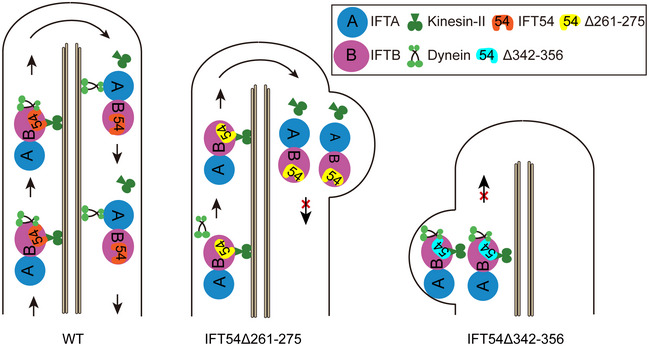Figure 6. A model for the function of IFT54 in regulating anterograde IFT.

During anterograde IFT, kinesin‐II carries IFT‐A, IFT‐B, and inactive IFT dynein from ciliary base to tip. Inactive dynein is activated at ciliary tip and carries IFT‐A and IFT‐B back for retrograde transport while kinesin‐II diffuses. IFT54 interacts with both kinesin‐II and IFT dynein during anterograde IFT. Deletion of residues 261–275 of IFT54 disrupts its interaction with IFT dynein leading to inhibition of anterograde transport of IFT dynein and accumulation of IFT complexes near the ciliary tip with bulge formation. In contrast, deletion of residues 342–356 of IFT54 strengthens its interaction with kinesin‐II, supposedly inhibiting motility of kinesin‐II via unknown mechanism leading to cessation of IFT shortly after IFT trains enter cilia. IFT complexes and motors thus accumulate at proximal end of cilia with bulge formation. Please note that Δ342–356 mutant shows stronger cilia mutant type relative to Δ261–275 mutant.
